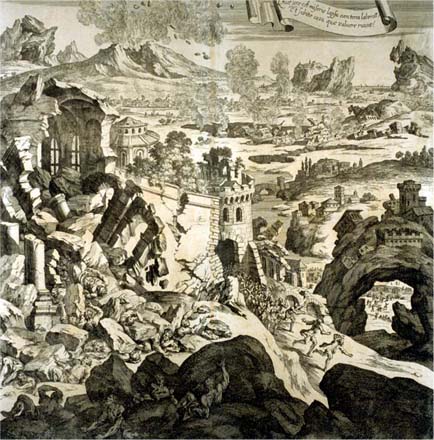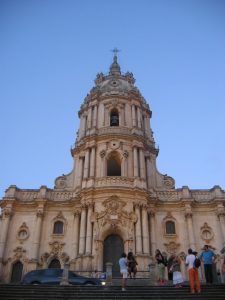Go For Baroque?
On January 11, 1693, a major earthquake struck eastern Sicily,* Malta, and parts of southern Italy. It was followed by a tsunami that struck the coasts of the Ionian Sea and the Messina straits. More than 60,000 people died as a result of the earthquake; the tsunami killed thousands more. At least 70 town and cities, including Siracusa, were damaged and eight towns in the Val di Noto region were totally destroyed. It was possibly the most powerful earthquake in recorded Italian history.
The earthquake changed the landscape of Italy in more ways than one. The reconstruction that followed was shaped by a generation of local architects commissioned to rebuilt palaces, villas, and churches throughout the region, many of whom had trained under the great Baroque architects in Rome. Baroque buildings added an new ingredient to what one of our guides described as the “lasagne” of Greek, Roman, Byzantine, Muslim and Norman styles typical throughout Sicily
The eight towns in the Val di Noto, in particular, were rebuilt in what became known as “Sicilian Baroque,” which added grinning masks, chubby putti, and decorated balconies to the flamboyant curves and flourishes of typical of Baroque architecture. The rebuilt towns are now a UNESCO world heritage site due to the time-capsule feel of towns built in a single style at a single time. The guides, the historical markers, and to a lesser degree the UNESCO website, focus on the towns’ homogeneity and the high architectural and artistic quality of the rebuilt towns.
*Then part of the Spanish Empire, for anyone trying to keep track of the timeline.






